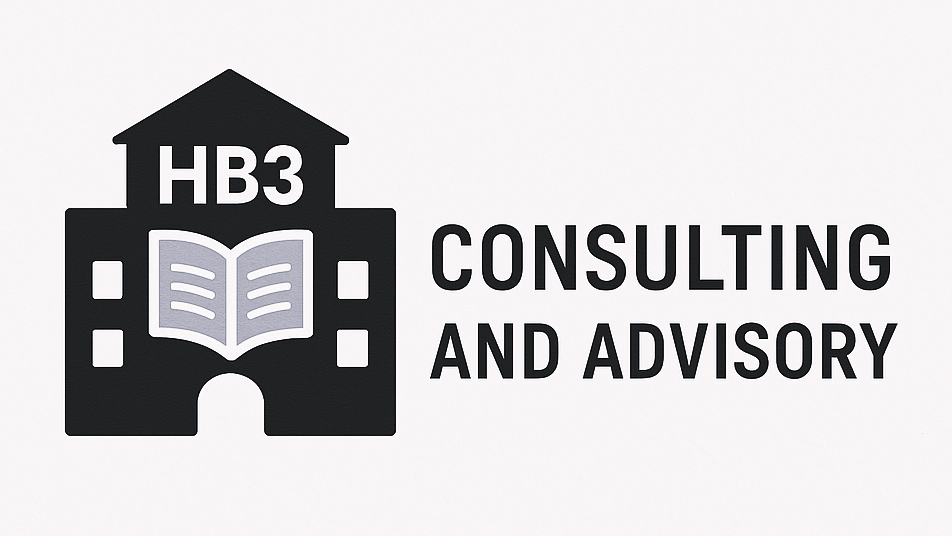Counterpoint in Learning: What Microschools and Cultural Institutions Can Teach Each Other
Introduction: Setting the Key
In the music of J.S. Bach, his use of counterpoint - independent melodic lines that connect to result in a richer, structured whole - is a masterclass in complexity and cohesion. Each voice carries its own integrity, but the full power of the composition only emerges when they are heard together, performed simultaneously. It is, in many ways, a fitting metaphor for what happens when certain sectors of the learning ecosystem come into contact.
Microschools and cultural institutions might seem like very different players in the education landscape. One is small, agile, and informal; the other is often large, public-facing, and rooted in tradition. But when their distinct strengths are explored as potentially interdependent rather than oppositional, something new becomes possible. This post explores what these two worlds can learn from one another and how, together, they might compose something greater than the sum of their parts.
Two Independent Lines: Strengths and Surprises
Microschools:
Microschools are built on flexibility and personalization. Unburdened by bureaucracy, they tend to focus on the learner as an individual, using interest-driven approaches and small-group formats to design experiences that feel relevant, immediate, and real. Many are interdisciplinary by nature, blending subjects into thematic explorations.
Microschools can also face challenges: limited access to specialists, constrained physical space, and a reliance on the time and energy of a small teaching team. Their innovation is often hard-won.
Cultural Institutions:
Museums, zoos, aquariums, botanical gardens, performing arts centers, and cultural heritage organizations offer something different. They bring depth of content, rich environments, community credibility, and histories of public engagement. Their staff may include scholars, curators, artists, and interpreters with deep expertise.
But cultural institutions can be slower to adapt. Programs may be developed far in advance, marketing needs can outweigh pedagogical flexibility, and outreach is often limited to schools that already know how to navigate the system. The result: powerful content that sometimes struggles to meet the needs of emerging models.
What They Can Learn from Each Other
For Cultural Institutions:
Microschools offer a window into what happens when learning is truly learner-driven. Cultural institutions can borrow from their nimbleness by designing more flexible educational experiences, experimenting with shorter cycles of design and feedback, and taking more seriously the agency of young learners. They can lean into the project-based experiences that microschools emphasize, as opposed to a model of passive delivery of content to learners. Importantly, they can stop waiting for schools to show up and start building deeper partnerships with those operating outside traditional district-based boundaries.
For Microschools:
Cultural institutions offer microschools the chance to extend learning beyond the walls of the classroom. Whether it’s hands-on experimentation in a science center or historical empathy through a curated exhibit, these experiences can deepen understanding, provide new lenses for inquiry, and reduce the burden on microschool educators to create everything from scratch. And partnerships can help microschools develop traditions and community rituals that build identity and belonging.
Composing the Collaboration
Baroque counterpoint is not a freeform jam session. It is highly structured, intentional, and layered. Although Bach was known to be an exceptional improviser, it was always done with an underlaying plan. Each voice must be carefully written, not only to sound beautiful on its own but to complement and respond to the others. Likewise, collaborations between microschools and cultural institutions should be structured with care.
Rather than ad hoc visits or one-off programs, consider:
Co-designed curriculum arcs aligned to real exhibits or collections
Modular lesson designs that are flexible and allow for exploration
Performance assessments that take place inside the institution
Shared learning goals mapped across a year, not a single field trip
Professional development for facilitators who support learning in both spaces
This kind of collaboration respects the unique contributions of each voice while building something new together. And this is where HB3 comes in: I specialize in designing these bridges. From aligning state standards with exhibit content to creating pacing guides and assessment tools, I help both sides build structures that allow meaningful co-creation.
Conclusion: The Sound of Something New
The growth of microschools and the resurgence of interest in place-based learning are not unrelated. As families seek more agency in their children's education, and as institutions strive to regain public trust and relevance, their paths begin to converge. Done well, this convergence doesn’t dilute the distinctiveness of either. It allows each to play to its strengths while elevating the other. Like a Bach fugue, the magic is not in unison, but in layered resonance.
Let’s not wait for perfect harmony to begin playing. Let’s embrace the complexity and start composing.
